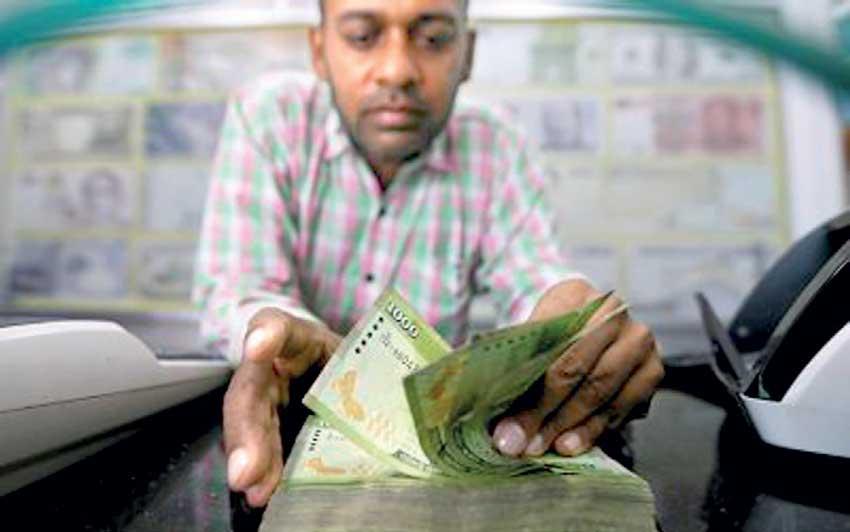Reply To:
Name - Reply Comment

The worker remittances were recorded at US $ 527.3 million for the month of February, slightly higher than US $ 500.5 million received a year ago, the Central Bank data showed.
However, according to economic analysts, February 2020 could most likely be the last month for this year to record a year-on-year (YoY) growth in remittances into the country, with the global spread of the coronavirus.
March/April and November/December are usually the periods worker remittances to Sri Lanka show a spike, due to the Sinhala and Tamil New Year and Christmas. Hence, the full scale of the impact could be seen when March numbers are out.
According to data, during the last five years, March has brought on average US $ 633 million as remittances. Stakes remain high for the remittance income to fall considerably, as it was reported that some migrant workers are either on no-pay leave or have been subject to pay cuts by their employers since mid-March.
Meanwhile, during the first two months, Sri Lanka received a cumulative remittance inflow of US $ 1,108.3 million, up 6.0 percent from the same two months in 2019.
The World Bank last week estimated the likely impact of the pandemic on the remittance inflows to the South Asian region in 2020 could be as high as 22 percent—the highest decline in the recent history—spilling over into 2021 as well with the inflows remaining below the pre-coronavirus levels.
It projected the likely impact on the remittance inflows to Sri Lanka at 19 percent with the total remittance income falling to US $ 5.4 billion, from US $ 6.7 billion in 2019.
The World Bank cited the pandemic-induced global economic slowdown and the steep decline in global oil prices, caused by the big demand drop, as the reasons for the significant slowdown in
remittance flows.
Migrant experts and economists expect many migrant workers would return or be forced to return largely due to health concerns and pay cuts while the new departures for foreign employment would be significantly reduced as the global economic slowdown could stem the demand for foreign labour.
While the recent estimates showed that one in every 11 households in Sri Lanka receive remittance income, the potential return of a considerable number of them could lead to severe economic distress with increase in poverty and spike in unemployment.
Hence, some economic analysts opine that it was time that the government had drafted plans to creating economic opportunities domestically by way of restarting new industries so that they can be re-employed here at least in the medium term.